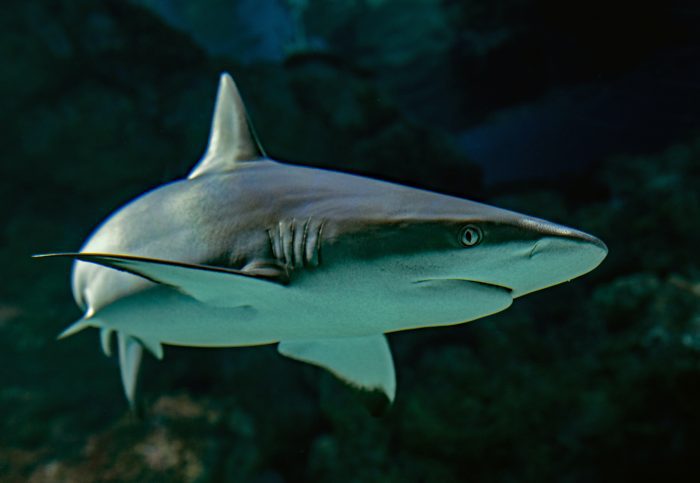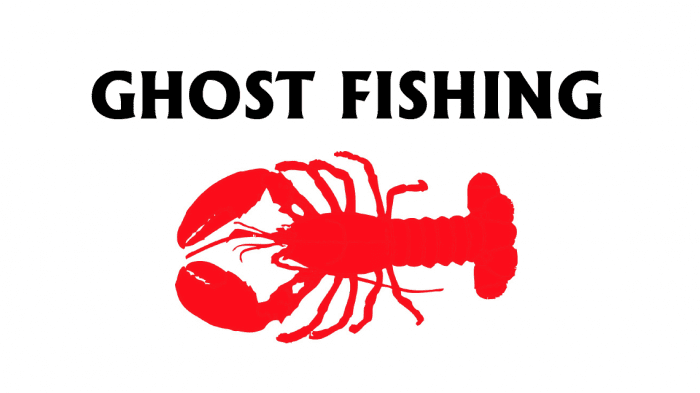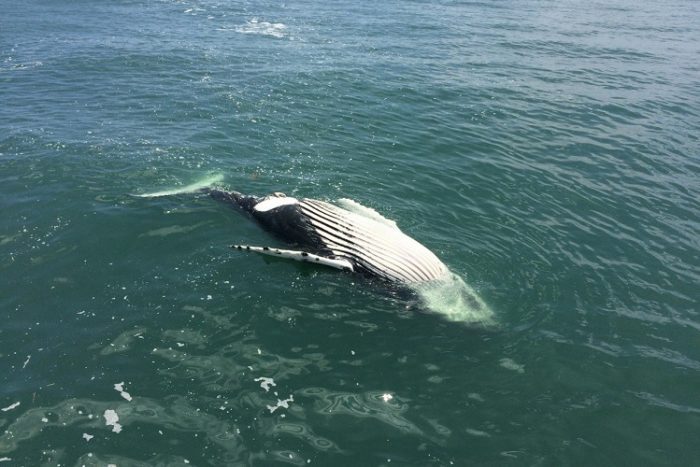This year has been tough for the population of humpback whales, as eight of them from Maine to Florida have had so-called unusual mortality events as at Feb. 7.
Indeed, a 41-foot humpback whale was discovered washed up Jan. 30 at Lido Beach on the South Shore. The whale likely died after a vessel strike, National Oceanic and Atmospheric Administration Officials said.
Threats to whales in the area include getting hit by boats, becoming entangled in fishing lines and ocean noise.
The last of these potential dangers to humpbacks has received considerable attention from some members of the popular press, who have suggested that the process of installing wind farms along the coastline has or may create the kind of noises that can cause trauma to whale ears and that might throw a whale off course in its search for food.
To provide a broader context, unusual mortality events have been occurring for humpback whales since 2016, as 180 have been stranded along East Coast states since that time, according to NOAA data.
Scientists were able to study about half of the total humpback whale strandings from 2016 and attributed about 40% to ship strike or entanglements. The rest either died from starvation, parasites, inconclusive causes, or were in places where it would have been difficult to study and analyze them.
The combination of whales distracted by feeding and boat traffic has led to some of the deaths.
“Our waterways are one of the busiest on Earth,” said Nomi Dayan, executive director of The Whaling Museum & Education Center of Cold Spring Harbor. “During busy eating months, when they are gorging, it’s harder to pay attention” to what’s around them.
Many of these humpback whale deaths occurred during periods when wind farm activity was low along the Eastern Seaboard.
“What we’re seeing right now [in terms of whale strandings] is something that has been going on for years,” said Lesley Thorne, associate professor in the School of Marine and Atmospheric Sciences at Stony Brook University.
In a press conference last month, officials suggested that the wind farms, which are designed to reduce the reliance on fossil fuels, cut down on carbon emissions and slow global warming, are not likely to make what is already a challenging period for humpbacks even worse.
“At this point, based on the information that we do have, we do not believe the evidence supports that those planned construction activities would exacerbate or compound these ongoing unusual mortality events,” Ben Laws, biologist with NOAA Fisheries Office of Protected Resources, said during a Jan. 18 conference call with reporters.
‘What we’re seeing right now [in terms of whale strandings] is something that has been going on for years.’
— Lesley Thorne
As part of the investigation process, NOAA has brought together an independent team of scientists to coordinate with the Working Group on Marine Mammal Unusual Mortality Events to review data, sample stranded whales and determine the next steps for this investigation.
The scientists include marine mammal stranding network members, academics and veterinarians with local state and federal biologists.
At this point, most of the surveys off the coasts of New York and New Jersey are “characterizing the seafloor and the sub-bottom for engineering purposes for the foundation of offshore wind facilities as well as looking at cable burial risks along that route,” Brian Hooker, marine biologist in the Bureau of Ocean Energy Management, said on the press call.
Slower boat speeds
Reducing boat speeds in areas where whales are likely hunting for food or migrating can reduce the likelihood of vessel strikes and, in the event of contact, can improve the outcome for whales.
“What’s been demonstrated in the past is that, with faster vessels, collisions are more likely to occur and it’s more likely for that collision to be fatal,” Thorne said. The specific speeds or thresholds that are more likely to cause fatal collisions vary depending on the whale species.
The whales around Long Island include sei whales, North Atlantic right whales, finback whales, minke whales and, rarely, blue whales, according to Dayan.
Some management strategies for a host of whales such as the North Atlantic right whale include seasonal management areas, in which boats around a particular area during a specific season are required to travel more slowly.








